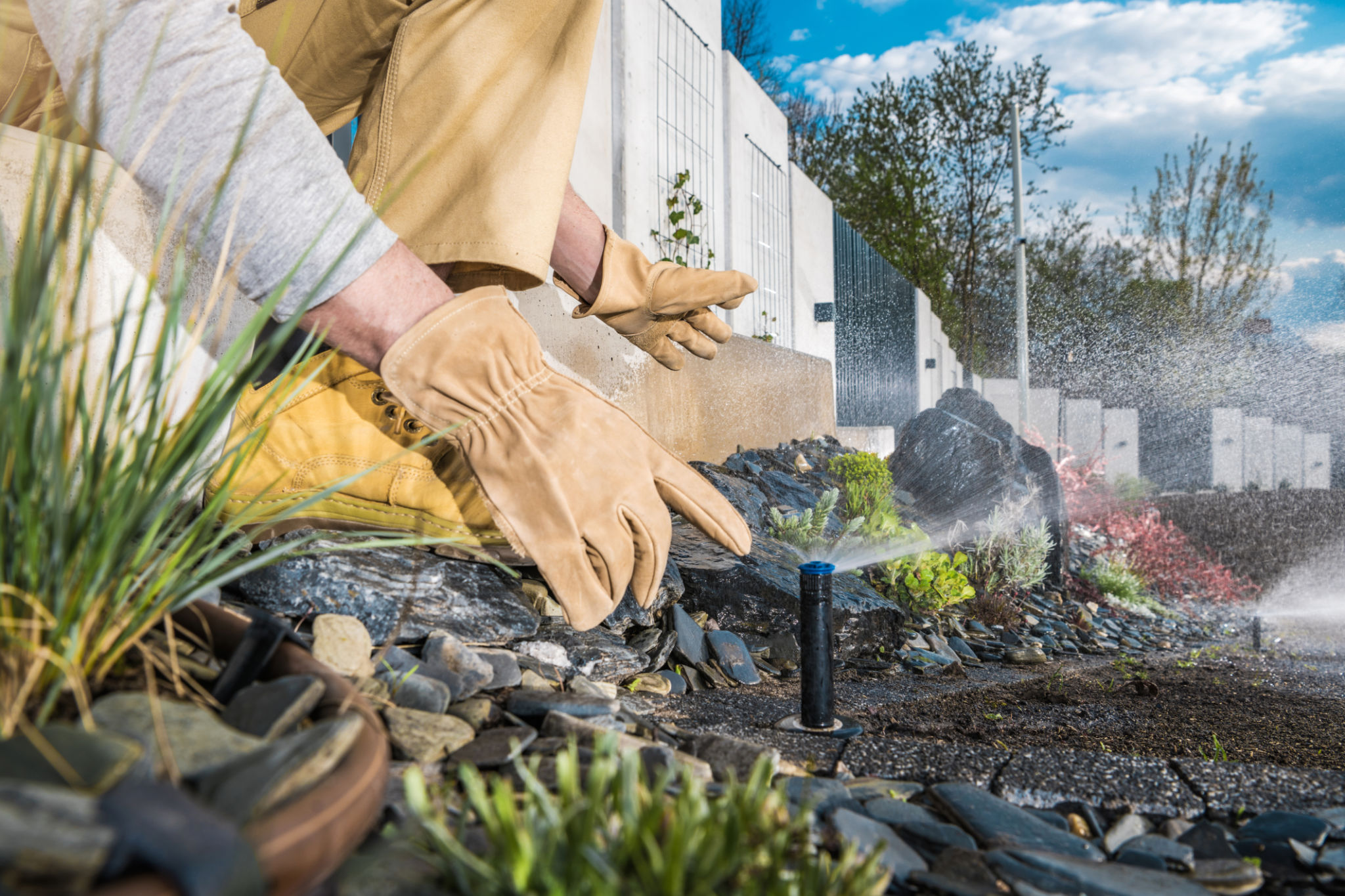Efficient Irrigation System Setup Services: A Step-by-Step Guide
In today's world, efficient water usage is more important than ever. Setting up an efficient irrigation system is crucial for maintaining healthy landscapes while conserving water. Whether you are managing a home garden or a large agricultural operation, optimizing your irrigation setup can lead to significant savings and improved plant health.
Understanding Your Water Needs
Before setting up your irrigation system, it's essential to assess the specific water needs of your landscape. Different plants have varying water requirements, and understanding these needs will help in designing an effective irrigation plan. Consider factors like climate, soil type, and plant species to determine the optimal water delivery method.
Once you have a clear understanding of your water requirements, it's time to explore the different types of irrigation systems available. Options range from simple drip irrigation setups to more complex sprinkler systems. Each has its own advantages and is suited for different types of landscapes.

Choosing the Right Irrigation System
There are several types of irrigation systems to choose from, including drip irrigation, sprinklers, and soaker hoses. Drip irrigation is ideal for gardens and landscapes where precise watering is needed. It delivers water directly to the roots, minimizing waste and evaporation.
Sprinkler systems, on the other hand, are suitable for larger areas like lawns or fields. They offer more extensive coverage but may lead to more water evaporation if not managed properly. Consider your landscape's layout and size when selecting an irrigation system.

Installation Process
The installation process begins with planning the layout of your system. Sketch a map of your landscape, marking areas that need water and considering the reach of your chosen system. For drip systems, this involves placing emitters strategically around plants. For sprinklers, ensure that there is overlap in coverage to avoid dry spots.
Next, gather all necessary materials and tools. This may include pipes, connectors, timers, and pressure regulators. Begin by installing the main water line, followed by branching out to individual zones. Test each section as you go to ensure proper function and coverage.

Maintenance Tips
Regular maintenance is key to keeping your irrigation system running efficiently. Check for clogs or leaks in the system periodically. Clean filters and emitters to ensure they are not blocked by debris, which can affect water flow.
Adjust your system according to seasonal changes. Plants generally require less water during cooler months, so reduce watering times to prevent overwatering. Many modern systems come with smart controllers that automatically adjust schedules based on weather conditions.
Benefits of Professional Setup Services
If the process seems daunting, consider hiring professional irrigation setup services. Professionals bring expertise and experience, ensuring that your system is designed and installed for optimal performance. They can help with everything from selecting the right components to ensuring proper installation and calibration.

Overall, investing in an efficient irrigation system not only benefits your plants but also contributes to water conservation efforts. By following these guidelines or seeking professional help, you can create a sustainable watering solution that meets your landscape's needs.